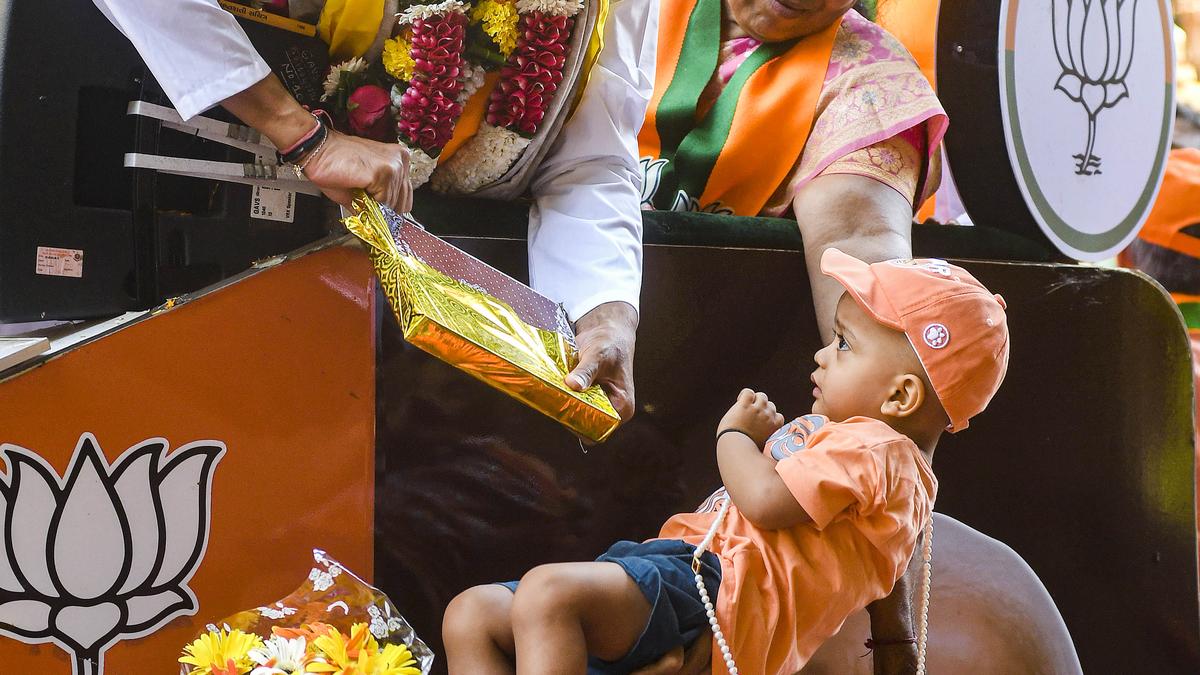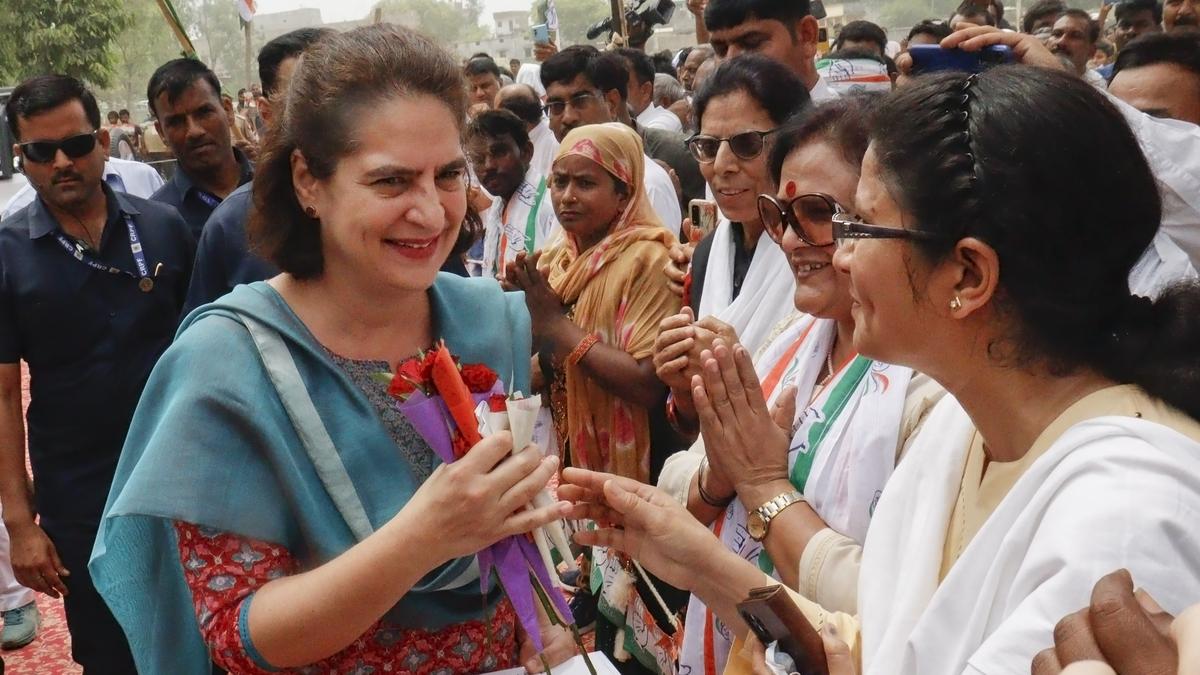After extolling the virtues of the current system, the judgment ends with two directions to the ECI.
Published: 29 Apr 2024, 4:40 PM IST

i
The 26 April 2024 judgment of the Supreme Court in what has come to be known as the EVM-VVPAT judgment, is not surprising but does leave some loose ends. Reading the entire judgment in totality, some parts of the judgment appear to be in contradiction of others. There is also at least one glaring logical inconsistency in the judgment. Let us begin with the inconsistency.
Significant portions of the judgment are devoted to saying and showing how reliable the current system consisting of the EVM (Balloting Unit)-VVPAT-Control Unit is, going even to the extent of questioning “the bona fides of the petitioning association”.
After extolling the virtues of the current system, the judgment ends with two directions to the ECI. The part of the judgment giving the directions is worth reproducing in full:
76. Nevertheless, not because we have any doubt, but to only further strengthen the integrity of the election process, we are inclined to issue the following directions:
(a) On completion of the symbol loading process in the VVPATs undertaken on or after 01.05.2024, the symbol loading units shall be sealed and secured in a container. The candidates or their representatives shall sign the seal. The sealed containers, containing the symbol loading units, shall be kept in the strong room along with the EVMs at least for a period of 45 days post the declaration of results. They shall be opened, examined and dealt with as in the case of EVMs.
(b) The burnt memory/microcontroller in 5% of the EVMs, that is, the control unit, ballot unit and the VVPAT, per assembly constituency/assembly segment of a parliamentary constituency shall be checked and verified by the team of engineers from the manufacturers of the EVMs, post the announcement of the results, for any tampering or modification, on a written request made by candidates who are at SI.No.2 or Sl.No.3, behind the highest polled candidate. Such candidates or their representatives shall identify the EVMs by the polling station or serial number. All the candidates and their representatives shall have an option to remain present at the time of verification. Such a request should be made within a period of 7 days from the date of declaration of the result. The District Election Officer, in consultation with the team of engineers, shall certify the authenticity/intactness of the burnt memory/ microcontroller after the verification process is conducted. The actual cost or expenses for the said verification will be notified by the ECI, and the candidate making the said request will pay for such expenses. The expenses will be refunded, in case the EVM is found to be tampered.
These directions which are admittedly issued “to only further strengthen the integrity of the election process” are appreciated. However, a question that arises is when further strengthening “the integrity of the election process” is a worthy objective when the Supreme Court issues these directions, why is it that a similar prayer when made by the “petitioning association” results in questioning of its bona fides?
This becomes particularly confusing because the second paragraph of the judgment says the following:
2. At the outset, we take on record that the counsel for the petitioners, in unison, have stated that the petitioners do not attribute any motive or malice to the Election Commission of India, or for that matter contend that the Electronic Voting Machines have been tutored or configured to favour or disfavour a candidate or political party. However, due to the possibility of manipulating the EVMs there is suspicion…
An instance of the incompleteness of the judgment is the issue of how symbols are loaded in the flash memory of the VVPAT. The paragraph concerning this is reproduced below:
30. About 10 to 15 days prior to the date of polling, the symbol loading process is undertaken by using the symbol loading units. The symbols are loaded in the flash memory of the VVPATs in the form of a bitmap file, comprising the symbol of the political party/candidate, serial number and name of the candidate. A laptop/PC with the symbol loading application is used to create a bitmap file comprising the serial number, the candidate name and the symbol. This file is loaded on VVPAT units by using the symbol loading units. Authorised engineers of the manufacturers and the District Election Officer are involved in the symbol loading process. The whole process takes place in the presence of the candidates or their representatives and a monitor/TV screen displays the symbol loading process (bold added).
The last observation also pertains to the bona fides of the petitioning association. The following part of the judgment is worth noting:
5. … Irrespective of the fact that in the past, efforts of the petitioning association in bringing about electoral reforms have borne fruit, the suggestion put forth appeared inexplicable. Question of reverting to the “paper ballot system”, on facts and in the circumstances, does not and cannot arise. It is only improvements in the EVMs or even a better system that people would look forward to in the ensuing years (bold added).
The petition, as filed, had three prayers, reproduced below:
“Issue a writ of Mandamus or any other appropriate writ, order, or direction to the respondents to cross verify the count in EVMs with votes that have been verifiably ‘recorded as cast’ by the voters themselves i.e. the VVPATs;
Issue a writ of Mandamus or any other appropriate writ, order, or direction to the respondents to ensure that the voters are able to verify through VVPATs that their vote has been ‘counted as recorded’;
Declare as unconstitutional the Conduct of Election Rules, 1961, and the practice and procedure of Election Commission of India to the extent that they violate the fundamental right of the voters to verify through VVPATs that their vote has been ‘recorded as cast’ and ‘counted as recorded’; &/or,
Pass such other orders or directions as this Hon’ble Court may deem fit and proper in the facts and circumstances of the present petition.”
It is true that the counsel for the petitioners mentioned three alternatives when specifically asked during the proceedings. This has been recorded in the judgment as follows:
“3. On a pointed question put by the Court, it was argued, without prejudice and in the alternative, on behalf of the petitioner – Association for Democratic Reforms, that the Court should direct:
return to the paper ballot system; or
that the printed slip from the Voter Verifiable Paper Audit Trail machine be given to the voter to verify, and put in the ballot box, for counting; and/or
that there should be 100% counting of the VVPAT slips in addition to electronic counting by the control unit.”
The judgment does attempt to make what at best can be termed as minor improvement but it has missed an opportunity to significantly “strengthen the integrity of the election process”.
It is hoped that the court will follow its own statement “Our approach should be guided by evidence and reason to allow space for meaningful improvements. By nurturing a culture of trust and collaboration, we can strengthen the foundations of our democracy and ensure that the voices and choices of all citizens are valued and respected,” and not doubt the bona fides of petitioners.
(Jagdeep S Chhokar is a concerned citizen, and founder member of the Association for Democratic Reforms. This is an opinion piece. The views expressed above are the author’s own. The Quint neither endorses nor is responsible for the same.)
(At The Quint, we are answerable only to our audience. Play an active role in shaping our journalism by becoming a member. Because the truth is worth it.)

 2 weeks ago
107
2 weeks ago
107



